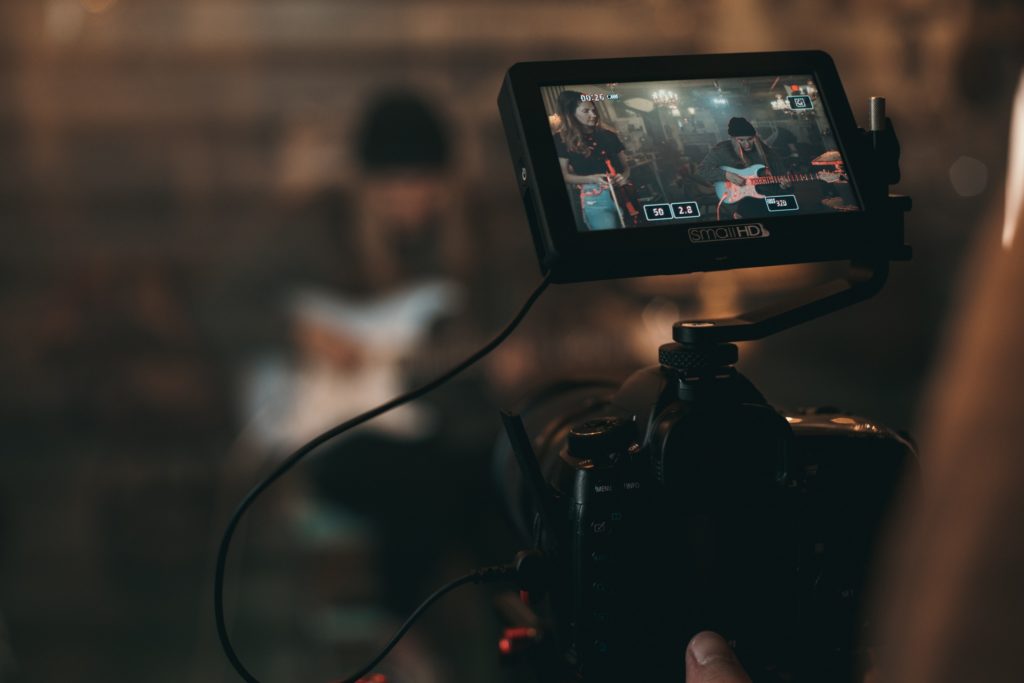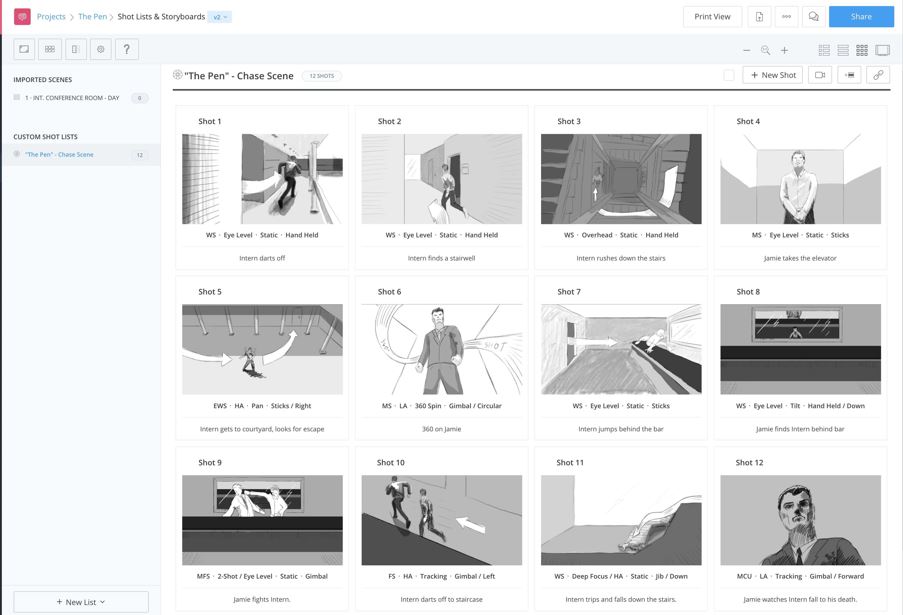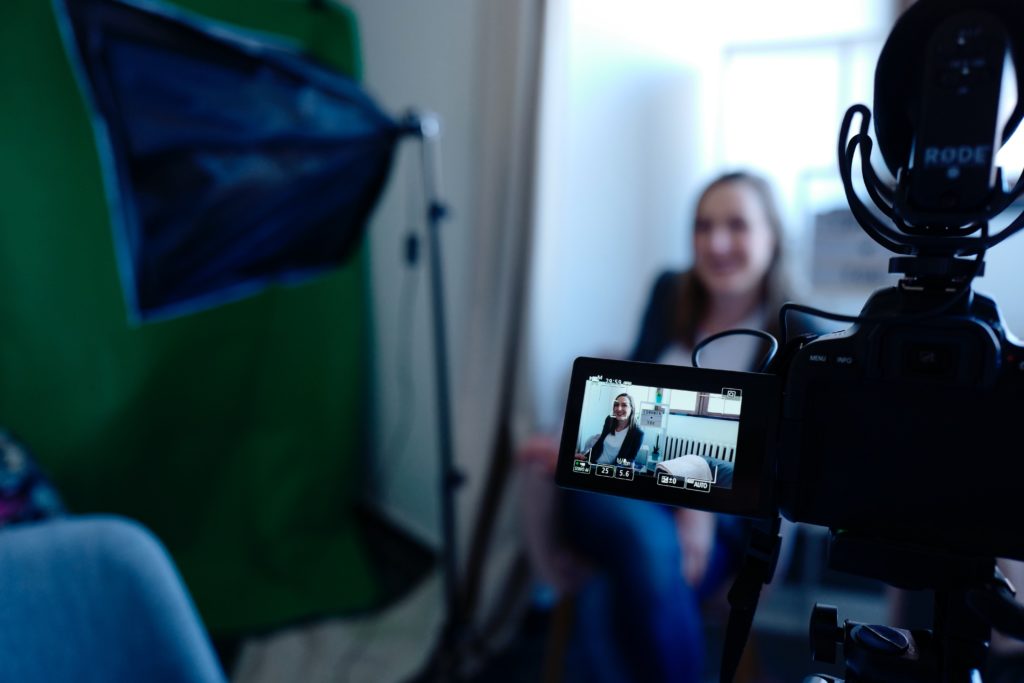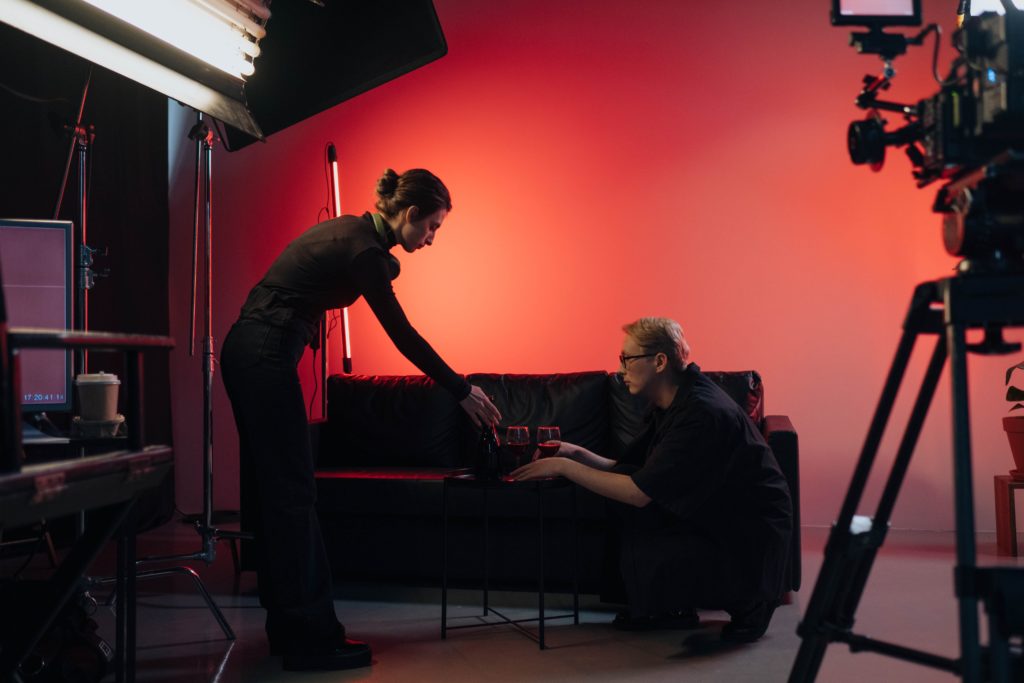How to Filming and Editing Marketing Videos
In today’s post, I will share 15 tips for editing and producing marketing videos, so grab a cup of coffee and get ready for a crash course in marketing video production.
Producing professional marketing videos might be the perfect place to start if you want to level up your marketing tactics. With a skilled team and a little know-how, it’s easier than you think. With some knowledge, you’ll be able to create marketing videos that go a long way in encouraging customers to buy your product or service.
When it comes to video production, your business will be dealing with four major areas. They are equipment such as cameras and microphones, the Footage you shoot, editing and post-production, and the overall visual look of the video.
We are all about enabling small businesses and providing affordable solutions for video and photography for all. We can supply you with everything from concept through to delivery. Our equipment is high quality, and our technical team is on hand to ensure you get the best results.
Try these tips to create a video that gets more views, comments, and shares.

1- What is in your mind? Storyboard
The best marketing films result from careful planning and preparation, not just something that happens.
A shooting script is similar to a screenplay for your video. Before you begin filming, storyboarding can help determine the exact shots you’ll need. Contemplate creating a storyboard and shooting script before considering setting up your camera equipment.
You can create an exquisite work of art for your storyboard. In actuality, you don’t even need to sketch it. The simplest can be a storyboard, such as a collection of still images, basic sketches, or stick figures. Just be sure to plan out your shots before you begin filming.

2- Interview
To reduce errors or squandered time on the day of the shoot, ensure all your presenters or subjects know what is expected of them in advance. Before arriving at your venue, you should have a strong sense of what the final result will look like, and your presenters should be fully prepared.
Additionally, avoid making your presenters memorize lengthy scripts. Since they’re probably not actors, asking them to do this is more likely to make them anxious and prone to making mistakes than giving them a little leeway.

3- B-Roll Footage
Do you plan to record cut away from your presenter to other Footage or include scenes of your employees at work in your video? Then you require what experts in videography refer to as B-roll footage.
As the name implies, B-roll is any video that isn’t of your main subject. Suppose you create an explainer video presenting your software product. In that case, B-roll footage might feature images of pleased customers using your product or an exterior shot of your offices.
To prevent scenarios where you require film that you don’t have, determine what Footage you need throughout the pre-production phase. Never forget that there is never.
You may always use stock B-roll footage if you require a clip of something challenging or impossible to get yourself, like drone footage

4- Golden Ratio for Better Composition
Never forget the “Rule of Thirds” when filming or taking pictures.
Imagine that two horizontal and two vertical lines have been used to divide your shot into nine equal sectors as follows:
It’s important to note that the image’s main subject is situated where two of the four points (sometimes referred to as the “anchor points”) converge. This method directs the viewer’s attention to the shot’s critical focal points. It makes sense to place the main focus of your photo—in this case, the subject’s face—at the top-left anchor point because the viewer’s eye will naturally gravitate there. Many people will spend more time there than elsewhere in the shot.
The shot’s composition will probably go unnoticed by your audience because it “works” so well. Composing your photo this way makes it simpler for the eye to “read” and produces a far more aesthetically pleasing overall shot. Although it might not seem spectacular, this is a typical Rule of Thirds composition.
Landscape photography is no exception to the Rule of Thirds’ application. Using the horizontal lines as a reference will help you position your subject correctly and determine where the horizon line of your external pictures should be:
Consider composition when you frame your shot, especially when positioning your camera. It is simple to compose your shot before and during filming with many cameras’ viewfinder overlay features. Visit this excellent resource on line, shape, negative space, and other composition techniques to learn more about shot composition.
The contrast between a photo that is too light and one that is too dark can quickly derail a marketing video. Although brightness and contrast can be adjusted in post-production, it’s preferable to get the shot right on the day of the shoot rather than relying on “fixing it in post.”

5- Camera's White Balance
Now that we know that various light sources have varying temperatures, we must consider these temperature ranges by manually adjusting the camera’s white balance. This process instructs the camera what “true white” appears in a given environment to prevent colour casting.
example of marketing video editing with white balance
Due to the natural daylight temperature in the shot, the shot on the left in the above image has a blue colour cast. The photograph on the right’s white balance has been properly calibrated to capture the authentic colours of the scene.
Although many cameras offer an automatic white balance setting, I strongly suggest learning how to do it yourself. Doing this allows you to take pictures without depending on your camera to get the colours right. Consult your camera’s instruction manual to find out how to achieve this.
Refrain from relying on unprofessional camerawork to generate the desired look. Instead, film the scene with the proper white balance and modify the colour in post-production, even if the colour casting in the example above is the effect you’re attempting to achieve

6- Location scouting
Check the acoustics of the location where you’re filming before you begin. Exists an echo exist? If so, look for a different place to shoot. Many audio issues can be resolved in post-production. Still, it can be difficult to remove even a slight echo.
When looking for locations to shoot, keep in mind the acoustics of your area. You don’t need to soundproof a conference room in your business, but if you can, do it. It might prevent a lot of headaches in the future.

7- Retake for safety
Even pro-presenters need to warm up. The last thing you want is only to have one take of an essential segment of your marketing video.
modifying promotional videos GIF of an Avengers mistake
Sometimes, even Norse gods make mistakes.
Make sure to practice several takes on the day of the shoot. These takes give you a backup in case one of the variations has a flaw. It also enables you to build your final sequence from multiple clips of the same series rather than relying just on one.
Shoot a second take, even if the first one goes perfectly, just in case.
8- Edit your marketing video
You must pick an editing program and become familiar with it before we move on to my post-production advice.
Adobe Premiere Pro has been my favorite program for almost 20 years. This remarkably robust editing program has everything you need to create professional-quality marketing videos. You can use it to edit your marketing video. You have to pay for it, but DaVinci Resolve is free software.
9- Music for your marketing video
Although not all videos require background music, if you’ve chosen that, yours does be selective. Make sure the music is appropriate for the project.
Additionally, be aware of license restrictions for the music you intend to use. Most music is subject to rigorous copyright restrictions that, unless you utilise royalty-free music or create your own, might find you in serious legal trouble if you don’t play by the rules.

